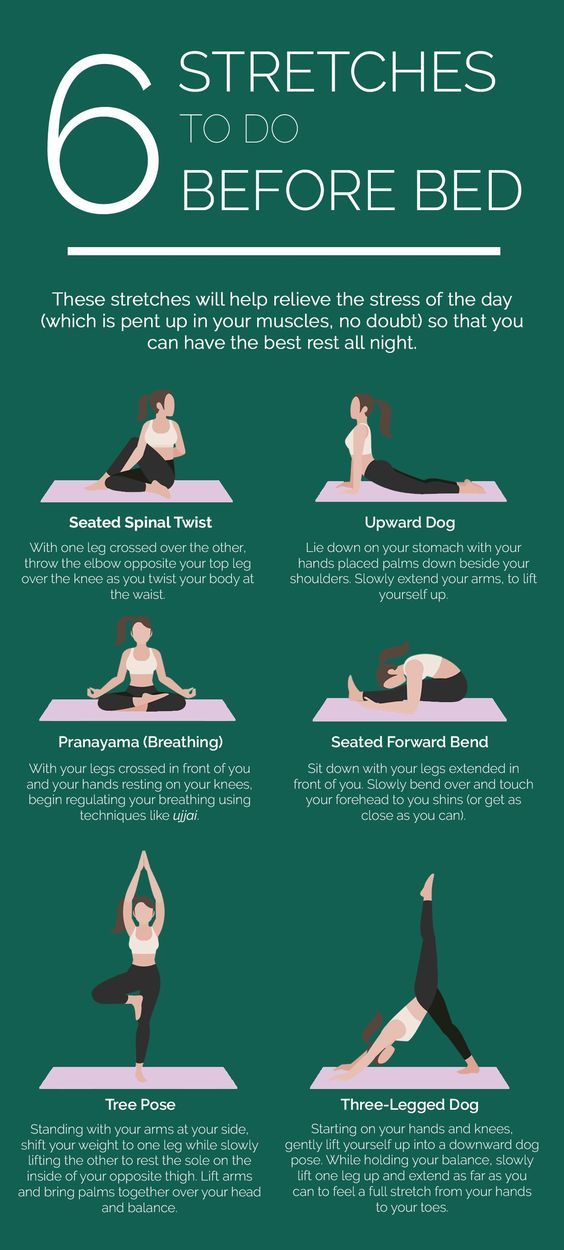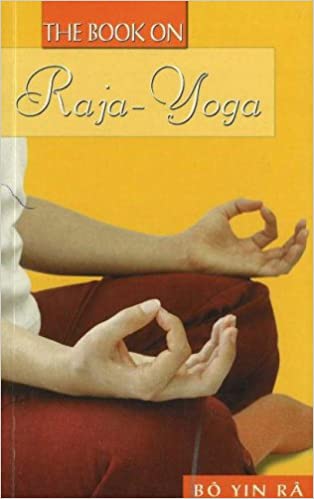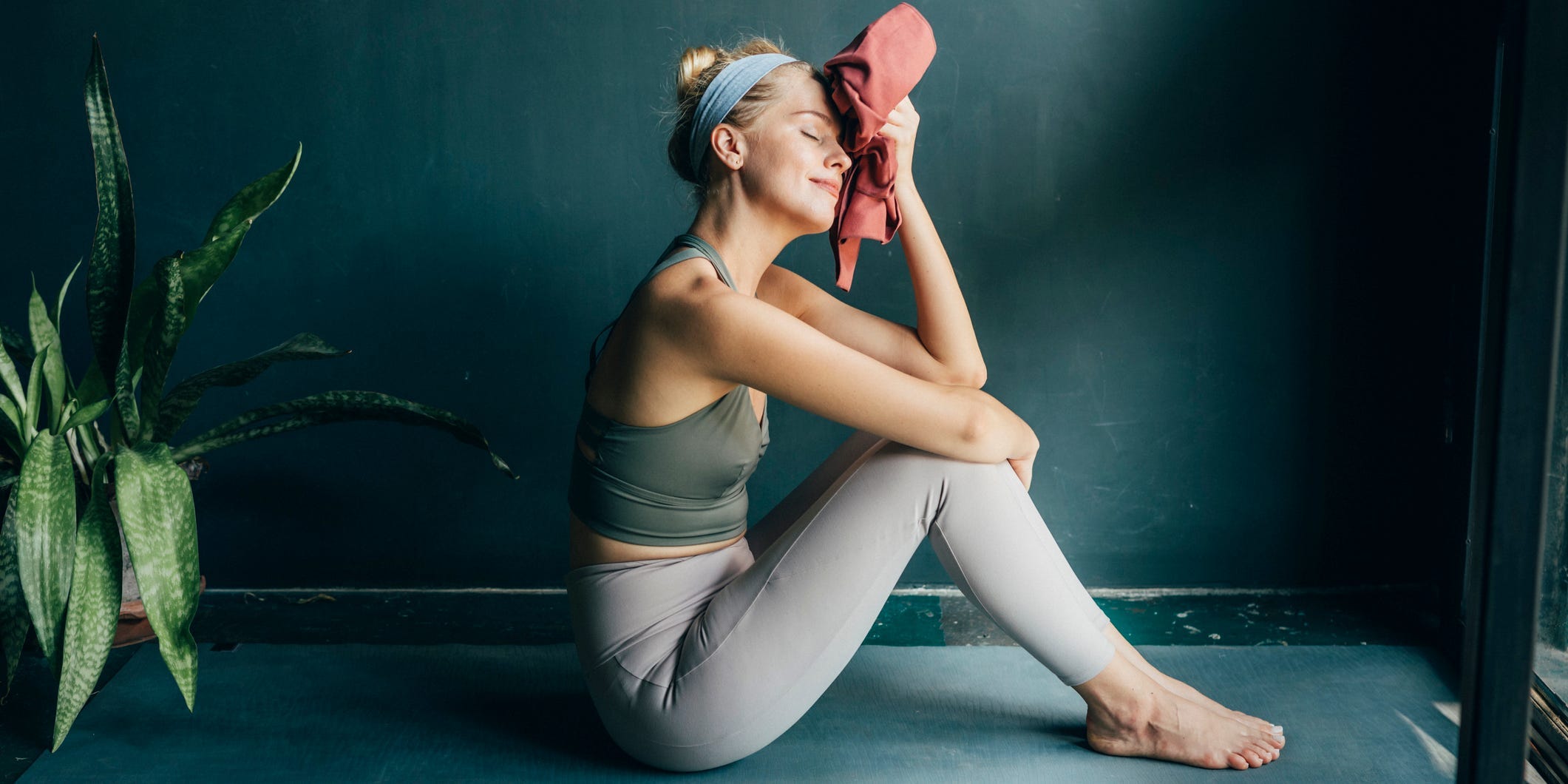
Vinyasa Yoga has a long history of popularity as a form of exercise. However, it is also well known for its profound effects upon the mind. These poses require intense concentration and attention to detail. For flow to occur, you must focus on the breath and the body. This is the goal: to achieve a state of mindfulness as quickly as possible, and to keep it going for as long as you can. This kind of yoga is great for busy people.
You will need to deepen your breathing as the poses can be quite challenging. This type of breathing is essential for dealing with stress, and pushing through physical obstacles. During yoga classes, long inhales and exhales through the nose signal the brain that the body is in control. It also signals the brain to concentrate on the heart center which is an important part the practice. This helps to prevent injuries.
Most classes in vinyasa yoga have no fixed time duration, although they usually last around an hour. However, you can find some that run longer than that. Some classes last only 30 minutes. If you call the studio in advance, you will be able to establish the class length. The flow of the class will include many poses as is the name. You can choose a vinyasa-yoga class that is suitable for you, depending on how intense.

Vinyasa may seem intimidating to those who aren't familiar with the practice. It is important to note that all classes are not the same. Classes usually begin with breathing exercises. Then, they end with a restorative position called Savasana. This is to ground you and bring you back into the present moment. Most classes also start with a few warm-up poses like the Cat-Cow pose or Downward Fass Dog, so make sure you have a varied experience with the instructors before committing to a particular studio.
Vinyasa is a type of yoga that requires continuous movement between positions. While it's a fast-paced style of yoga, it is still a meditative practice. This style of yoga emphasizes the constant movement between poses. This style of yoga also helps you to build a strong mind-body relationship. The breath can be used to focus on the poses, without you having to hold your breath or breathe rapidly.
While Vinyasa yoga is a form of exercise that improves your posture and flexibility, it's also a great way to increase your core strength and build muscle. It is the most popular form of exercise for beginners and helps improve balance, core strength, and range of motion. It is recommended for those who aren’t familiar with stretching. They may require some guidance, but it’s important to start with something you can do every day.
You should consider your ability to move and strength when selecting a vinyasa practice. You will find it easier to take a beginner's course than an advanced class. You will be able achieve the same benefits in a beginner’s class. Vinyasa will increase flexibility and strength as well as physical fitness and mental health. You will be able to concentrate on your breath throughout class.

Vinyasa yoga focuses on meditation. You'll learn to focus on the present moment and become more aware of your body and your surroundings. It is vital to maintain a focus on your breathing and mental agility as you practice Vinyasa. Vinyasa practice will improve your physical agility as well as mental stamina. Your practice will improve over time as you practice it.
The meditative benefits of Vinyasa yoga are many. It improves physical and psychological health. It helps you manage stress and improves your mood. Vinyasa is a form of yoga that combines postures with yin postures. When done properly, it is like a moving meditation. You will feel more energetic, vibrant, relaxed, and alive.
FAQ
Do Men Need A Gym Membership?
Men do not need a gym membership. A gym membership will make your money more valuable.
Many gyms offer free trial memberships so you can try the facilities out before paying for anything.
You can use our gym anytime you like and it's free. You can cancel your membership as soon as you decide whether you love or hate it.
What are the best foods to avoid when trying weight loss?
Avoid trans fats. Trans fats raise LDL (the bad) cholesterol levels and reduce HDL (the good) cholesterol levels.
Trans fats can also be found in deep-fried food, fast food, packaged bakery goods, snack cakes, as well as other processed foods.
These unhealthy fats can also lead to inflammation, which can cause heart disease and diabetes.
Avoid foods containing artificial sweeteners. Artificial sweeteners can increase your risk of developing cancer.
They are found in everything, from soft drinks to chewing tobacco to candy bars. These chemicals are also found in meat, poultry, eggs, and other foods.
Artificial sweeteners include saccharin and sorbitol.
The American Heart Association recommends avoiding these chemicals because they may damage DNA in cells.
What does butter do?
Butter is one of many good sources of saturated fats. This type is beneficial for healthy skin and hair as well as stronger bones.
Butter also contains vitamin K, which prevents bleeding from cuts and bruises. Vitamin K is combined with vitamin C to prevent bruises.
Butter is also rich in minerals, including calcium, phosphorous, and potassium. These elements are good for teeth and bones.
Butter has its limitations. Butter contains high levels of cholesterol. Studies show that too much cholesterol can increase your risk of developing heart disease.
Butter also contains high amounts of saturated fat, which contributes to obesity and increases cholesterol.
If you have to have butter, spread it on bread instead of dipping it in soup or salad. Bread absorbs more oil than potatoes or pasta.
Statistics
- An estimated calorie range for moderately active adult males falls between 2,200 to 2,800 calories per day, depending on age. (eatright.org)
- 10 pounds in a month is likely during a lean bulking phase, especially for beginners. (muscleandstrength.com)
- Cardmembers earn 5% Back at Amazon.com with a Prime Credit Card. (amazon.com)
- Candidates and applicants must pass all four tests at 70% (minimum level) to graduate from Basic Deputy U.S. Marshal (BDUSM) Training. (usmarshals.gov)
- The PRS enabled risk stratification for overall prostate cancer and lethal disease with a four-fold difference between men in the highest and lowest quartiles (HR, 4.32; 95% confidence interval [CI], 3.16-5.89). (pubmed.ncbi.nlm.nih.gov)
External Links
How To
What nutrients do men need each day?
For healthy growth and development, men need to eat a balanced diet. The body requires vitamins, minerals, proteins, carbohydrates, fats, water, fiber, and other essential elements.
The male body also requires specific nutrients at different times throughout the day. To give you an example, the body uses energy it receives from food to make hormones and antibodies. When you awake, protein is used by your body to build muscles or repair damaged tissue.
Your body burns fat at night and stores it as energy as glycogen. During this time, your body needs fewer calories but still needs sufficient nutrients. You may have an occasional snack during the evening hours if you feel hungry.
To fuel your muscles while you train, you will need sufficient carbs as well as protein. If you train hard, you may experience muscle soreness after exercising.
To avoid this, you need to eat carbs and proteins within two hours of training. To get energy from glucose, your body will start to degrade stored glycogen.
Additionally, it is important to eat protein right away after your workouts are over. This prevents muscle tissue loss that happens while you sleep.
During periods of intense physical activity, your body produces lactic acid. It builds up in your bloodstream, which can lead to fatigue. Avoid this by eating foods rich in carbohydrates such as fruits or vegetables.
Carbohydrates offer your body the energy it needs for recovery from exercise.
Additionally, lean meats, fish and eggs, dairy products, yogurt, cream, cheese, yogurt and beans can be added to your diet.
All of these foods contain high quality protein. Protein promotes muscle growth, and helps repair damaged tissues. It provides amino acids that your body needs in order to produce sexhormones and testosterone.
A healthy skin, nails and joints requires sufficient dietary fats. Healthy men require between 20% and 35% of total caloric intake from fat.
Fat protects your heart from cancer and keeps it strong. It is essential for proper brain function.
You can get the majority of the fats that you need from vegetable oils such as soybean oil.
These oils are rich in monounsaturated essential fatty acids (MUFAs). MUFAs help lower cholesterol and reduce inflammation. They also protect your cells from damage caused by free radicals.
Saturated Fats (SFAs), which are mostly found in animal products like meat, butter, and dairy products, include LDL ("bad") cholesterol. SFAs raise LDL ("bad") cholesterol and increase triglycerides. They promote weight gain and abdominal fat.
Polyunsaturated oil (PUFAs), which are plant-based, can be found in vegetable oils, nuts seeds, grains, and other plant-based products. PUFAs can improve cardiovascular function and reduce inflammation. They can also control blood sugar levels and cholesterol.
Erectile dysfunction can often be a problem for men who have low HDL ("good") levels of cholesterol. Consuming high amounts of saturated fats can increase bad cholesterol and lower good cholesterol.
Red meat and pork are a common source of prostate problems in men who eat a lot. If cooked at high temperatures, the nitrates become nitrosamines. These compounds can cause cancer.
Most processed meats contain nitrites or other harmful chemicals. You should avoid them.
The American Heart Association recommends eating no more than 2 servings of red meat per week. Instead, choose poultry or fish, beans, tofu and whole grain bread.